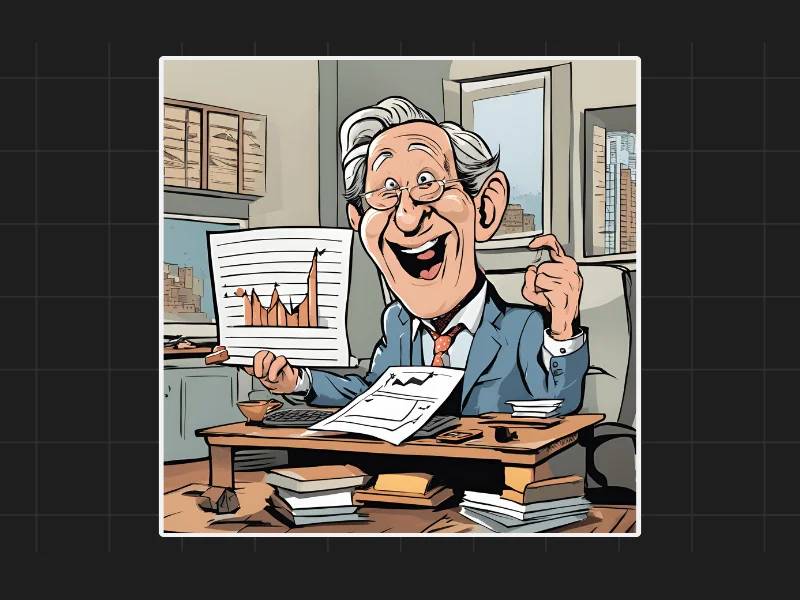
The Changing Value of Money
Understanding how prices move in dollar, gold, or bitcoin terms helps us see the real picture of wealth. Over the last few years, money supply has been expanding rapidly. When more money enters the system, it naturally lowers the value of that money. As a result, prices of most things start moving higher because there is more money chasing the same amount of goods and assets. This ongoing expansion of the monetary base has been the main reason behind the rise in asset prices around the world.

The Illusion of Rising Prices
In US dollar terms, everything seems to be doing well. Since COVID, the Nasdaq is up around 165%, the S&P 500 has gained 102%, and home prices are up by 56% (see the image above). At first glance, these numbers look impressive. But when the same assets are measured against gold, a completely different picture appears. Compared to gold, the Nasdaq is up only 7%, the S&P 500 is down 18%, and home prices have fallen 37%. In other words, what looks like growth in dollar terms is actually stagnation or even loss when measured against real money like gold.
The Bitcoin Perspective
The difference becomes even more shocking when we compare these assets with bitcoin. In the last five years, Nasdaq is down 78% against bitcoin, the S&P 500 is down 84%, and housing prices have dropped 87%. This shows how fast traditional currencies are losing value compared to limited-supply assets. Bitcoin’s scarcity makes it a unique benchmark to understand real value. It reminds us that when money supply grows endlessly, the assets that cannot be easily printed or created rise in true worth.
The Power of Scarcity
The key idea is simple—anything that cannot be easily reproduced will hold or gain value over time. Gold can only grow by about 1–2% per year through mining. Bitcoin is even more limited, with a fixed total supply. These restricted assets stand in contrast to paper money that can be printed endlessly. The same rule applies to luxury watches, rare cars, fine art, or aged wine. All these things are limited in number, and as more money chases them, their prices rise.
Protecting Your Wealth
In times of fast money printing, holding cash or keeping savings idle in a bank can slowly destroy purchasing power. Instead, investing in assets that cannot be easily duplicated helps protect wealth. Real assets like gold, bitcoin, or even rare collectibles act as shields against the loss of value that comes from excessive money creation. The goal is not just to grow wealth but to preserve its real worth over time.









